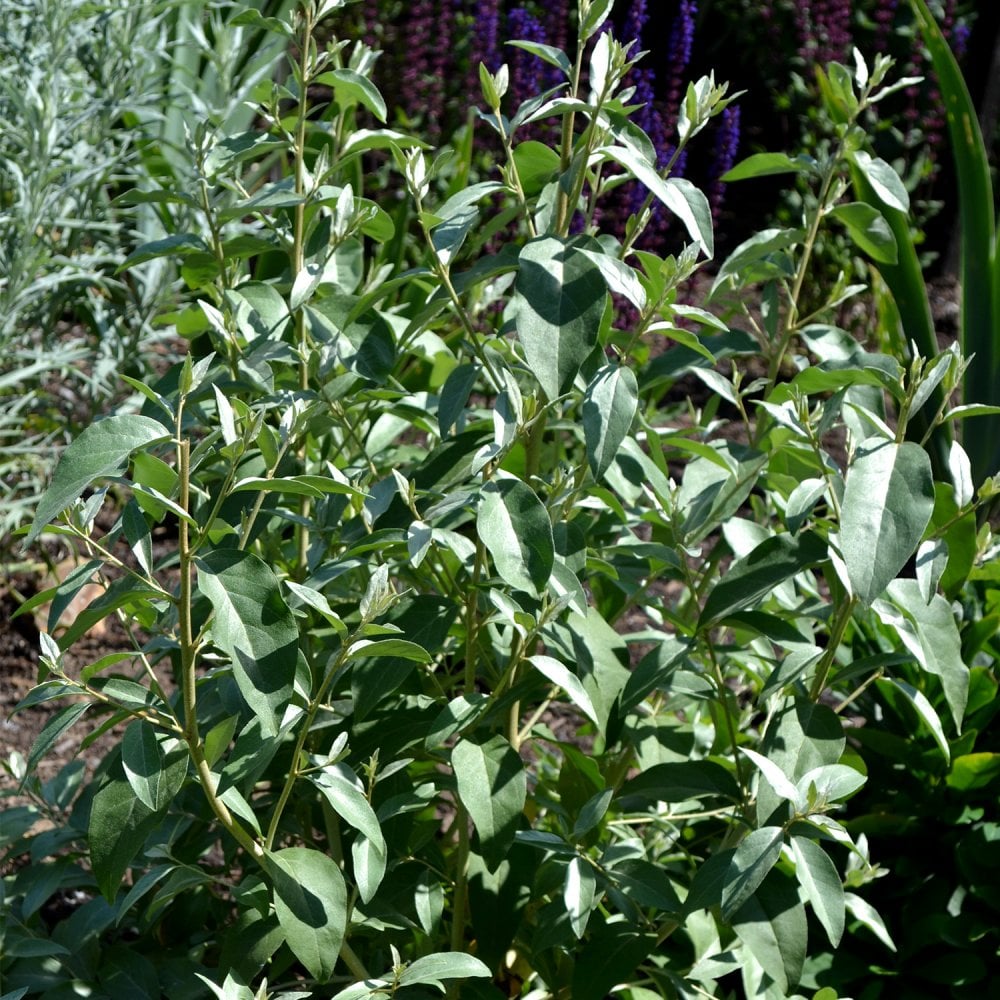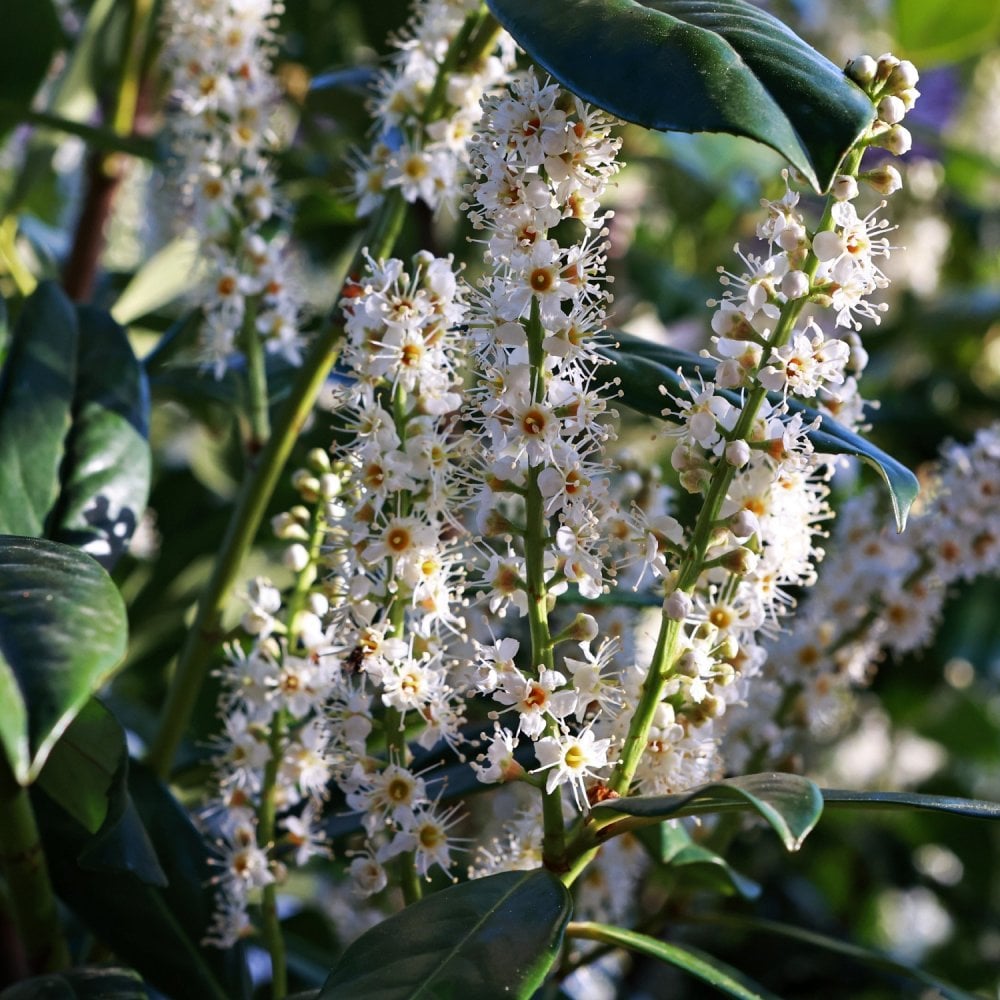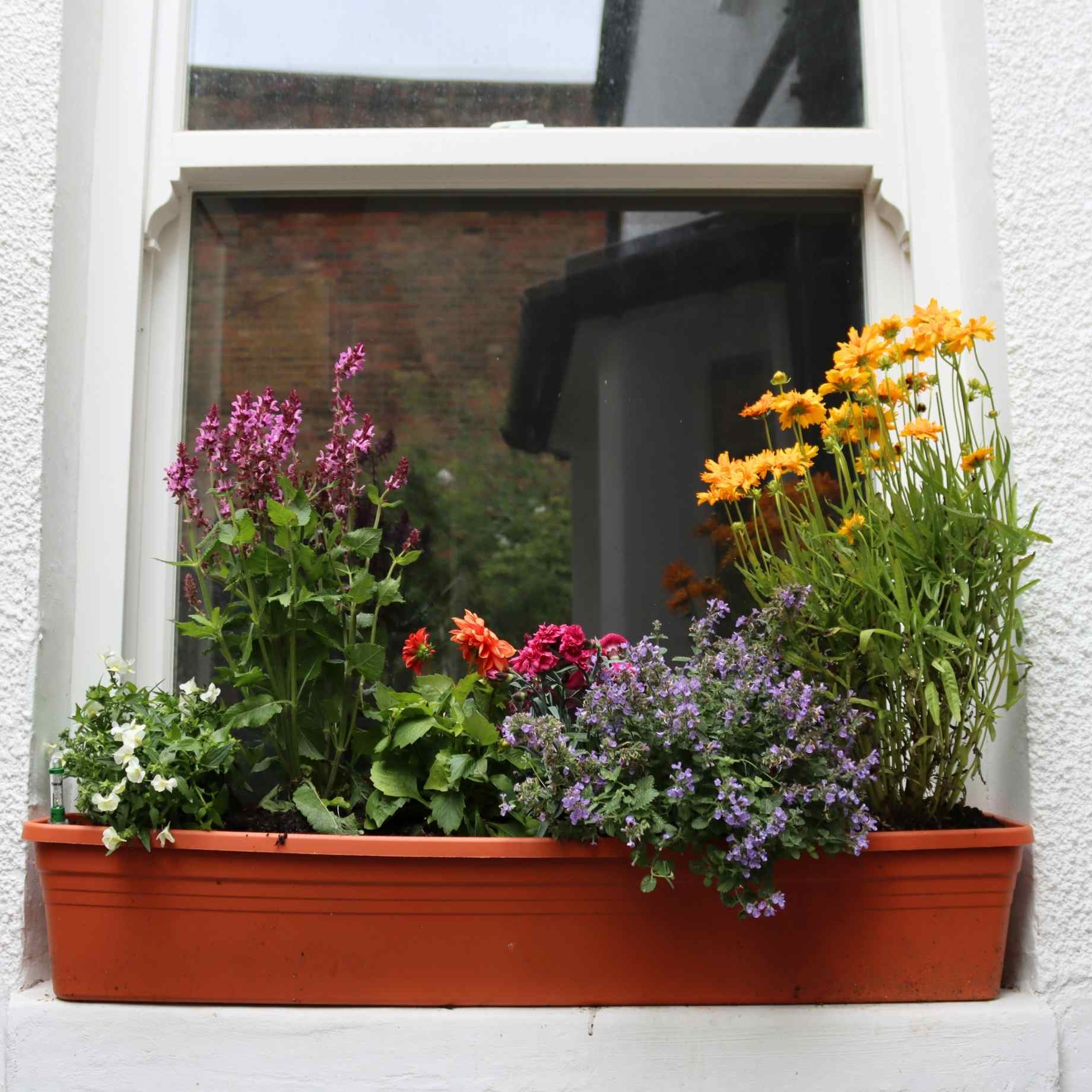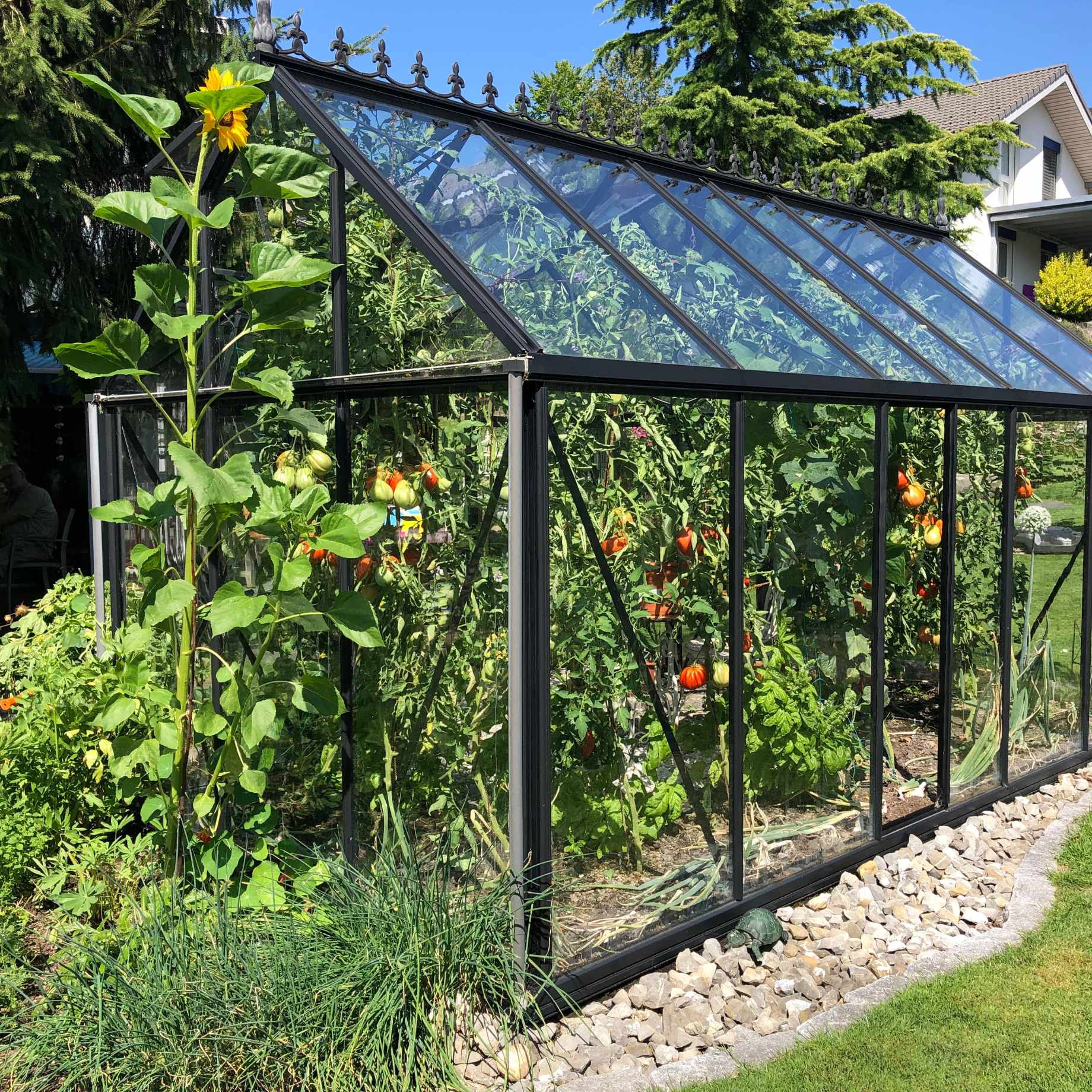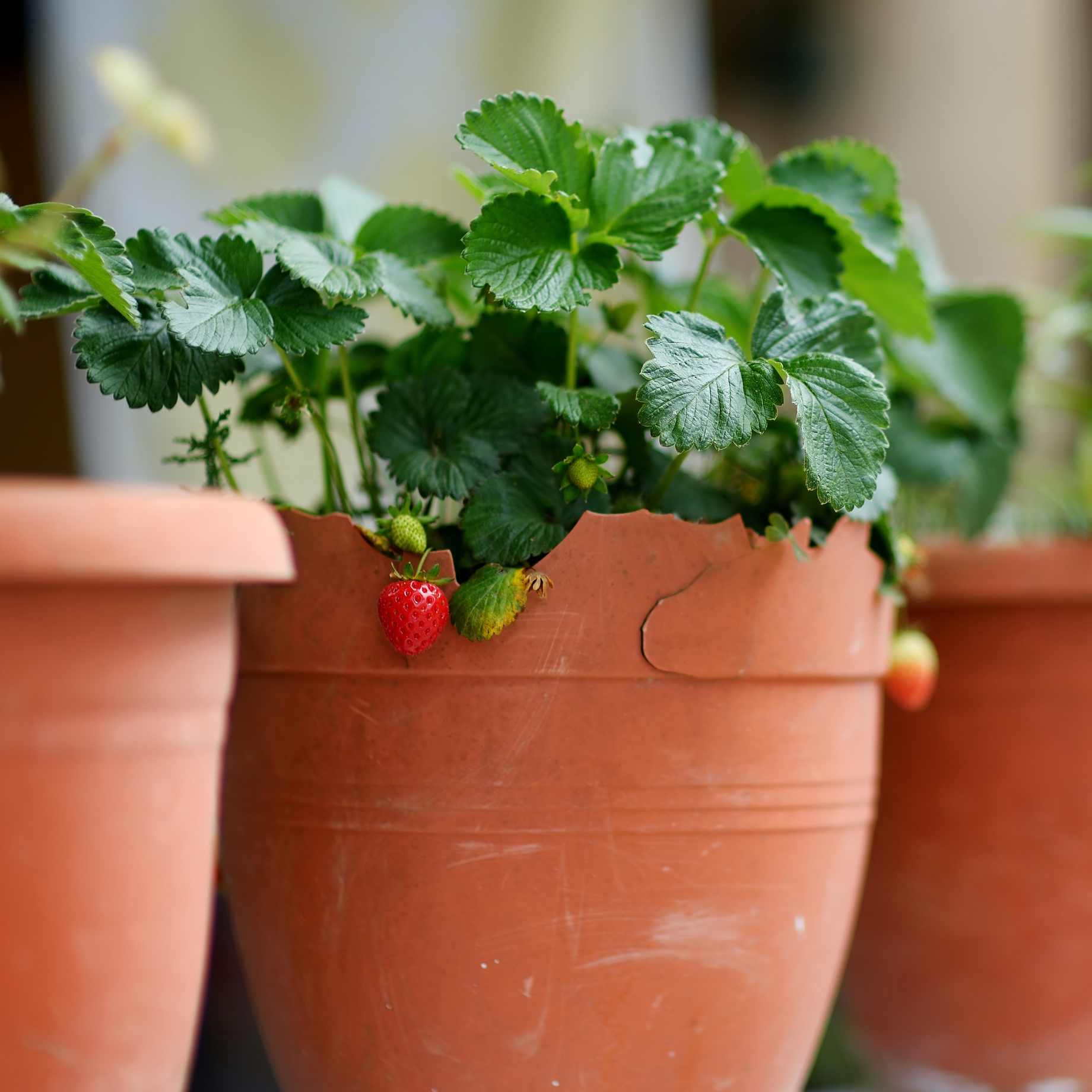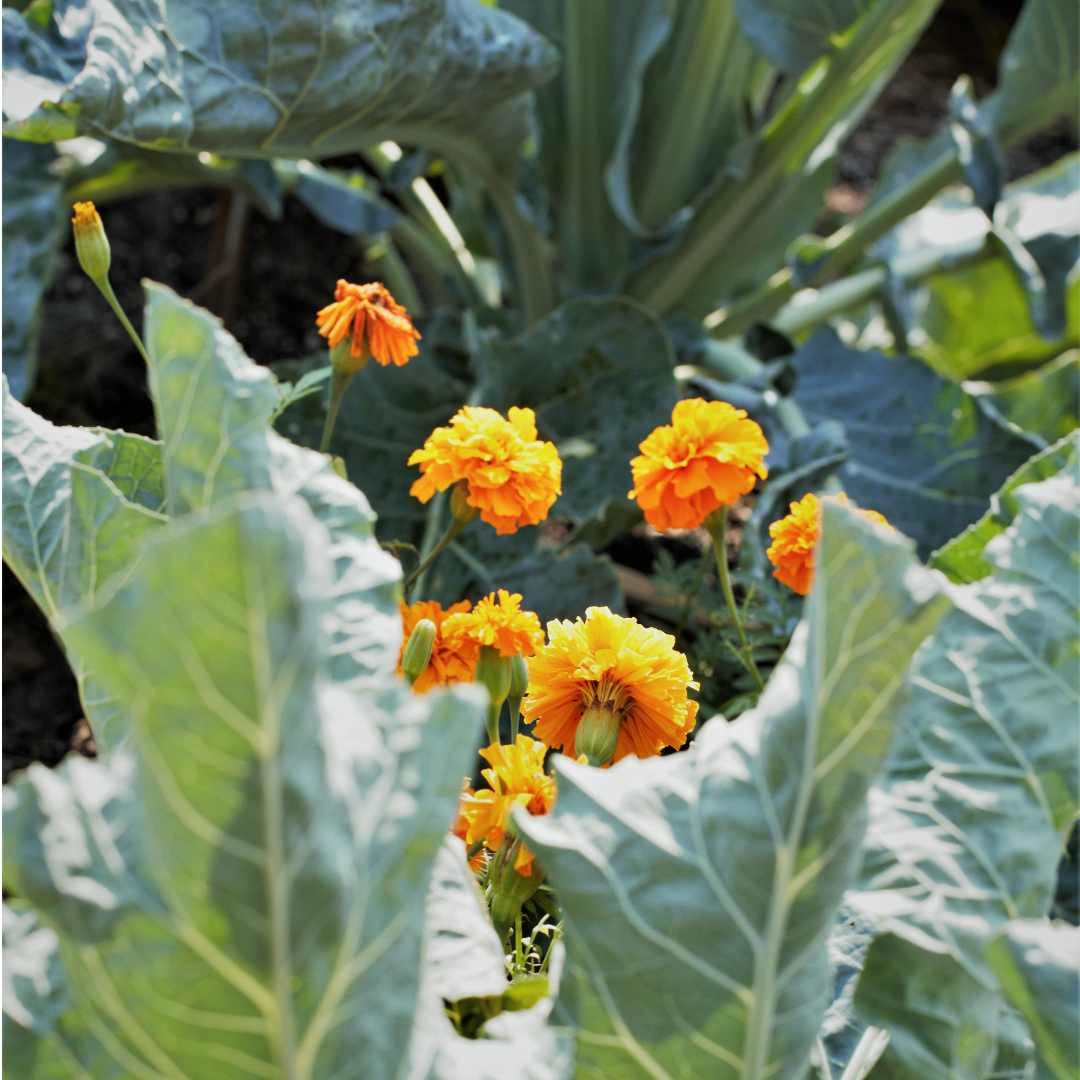Key features
Final size10 x 8 metres in 20 years
FoliageGreen needles year-round (evergreen)
Eco benefitsNative to UK
SoilRequires well-draining soil
Description
The only pine tree native to the UK, Pinus sylvestris is a popular evergreen conifer with blue-green, slightly twisted needles. Known as Scots Pine, the trunk is easily recognisable with a rugged texture, turning reddish brown near the top as it matures. Elevated above a tall trunk, sits the bushy, upright crown that is host to dozens of grey-brown pine cones developing from the female flowers.
With a mature height and spread in excess of 10 x 8 metres, this conifer is suited to large gardens or woodland settings. For a small garden, you may want to look at our other Pine trees. The growth rate of Pinus sylvestris is relatively fast for a conifer. It will grow in most soil types and copes well in a well-drained site but it is best to avoid coastal situations.
AKA Scots Pine, Scotch fir, Pine Conifer
Planting Steps
1Preparation
- Pot-grown plants can be planted at any time of year, whereas bare roots need to be planted between November and March.
- Clear weeds and grass within a metre of the planting hole.
- Dig a hole as deep as the root mass and twice as wide.
- To help your plant establish more effectively, sprinkle Rootgrow in the hole.
2Planting
- Gently loosen the roots and place into the planting hole.
- Ensure the top of the plant’s compost is flush with the level of the surrounding soil and the graft union or collar of the tree is above ground level.
- Mix 50% of the original soil with 50% compost.
- Fill in the hole, firming the soil gently.
3Last Steps
- Water generously around the base of the plant.
- If you are planting either a single stem tree or mature standard tree, we recommend adding a staking kit and rabbit guard.
Aftercare Advice
Trees and shrubs require a good watering regime for a couple of years whilst they establish. Water well and regularly through spring and summer, increasing in hot or dry weather. If planting in autumn, you may only need to water a little. It is advisable to keep the area free of competing weeds and grass during this period.
For more detailed advice and video guides, please visit our Help & Advice section.


